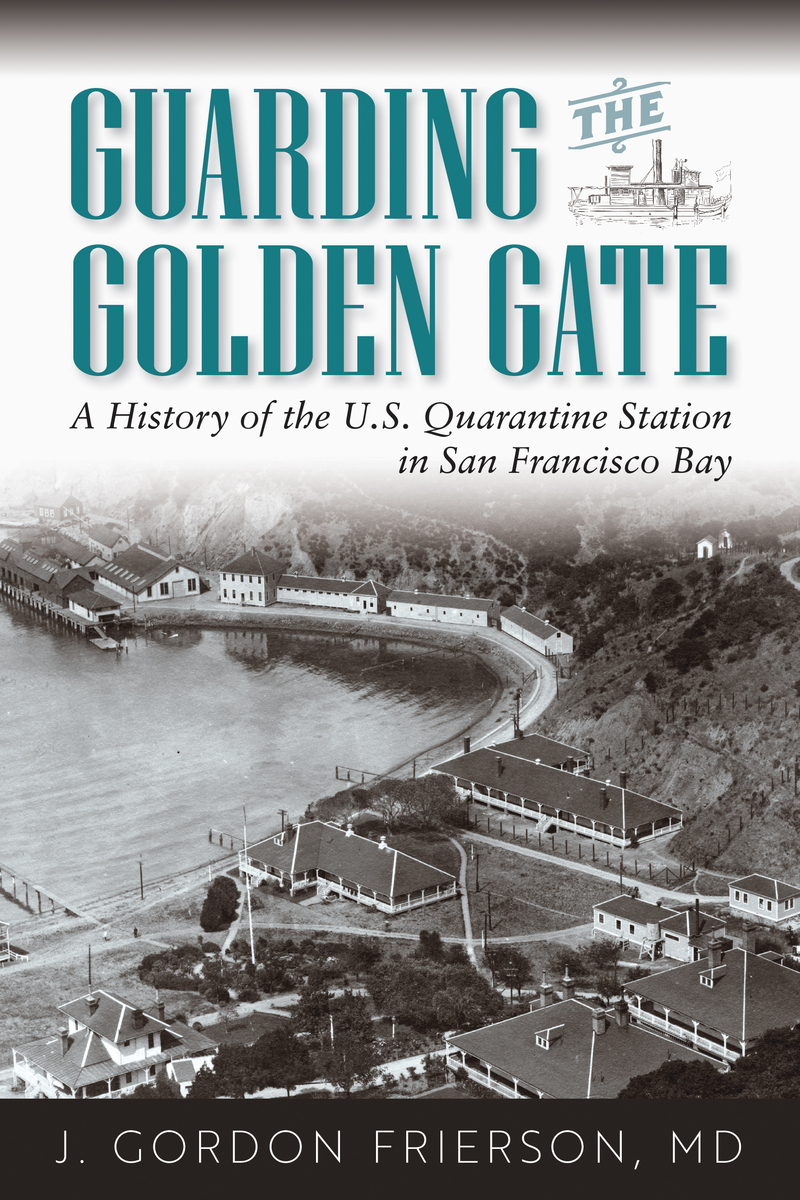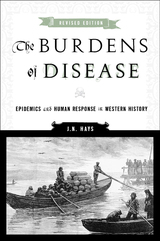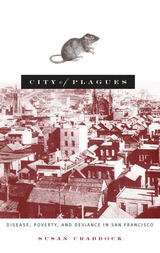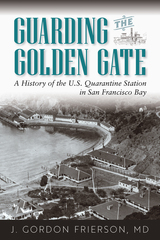Guarding the Golden Gate: A History of the U.S. Quarantine Station in San Francisco Bay
University of Nevada Press, 2022
Paper: 978-1-64779-046-2 | eISBN: 978-1-64779-047-9
Library of Congress Classification RA667.C2F75 2022
Dewey Decimal Classification 614.46097946
Paper: 978-1-64779-046-2 | eISBN: 978-1-64779-047-9
Library of Congress Classification RA667.C2F75 2022
Dewey Decimal Classification 614.46097946
ABOUT THIS BOOK | AUTHOR BIOGRAPHY | REVIEWS | TOC | REQUEST ACCESSIBLE FILE
ABOUT THIS BOOK
As a major seaport, San Francisco had for decades struggled to control infectious diseases carried by passengers on ships entering the port. In 1882, a steamer from Hong Kong arrived carrying over 800 Chinese passengers, including one who had smallpox. The steamer was held in quarantine for weeks, during which time more passengers on board the ship contracted the disease. This episode convinced port authorities that better means of quarantining infected ship arrivals were necessary.
Guarding the Golden Gate covers not only the creation and operation of the station, which is integral to San Francisco’s history, but also discusses the challenges of life on Angel Island—a small, exposed, and nearly waterless landmass on the north side of the Bay. The book reveals the steps taken to prevent the spread of diseases not only into the United States but also into other ports visited by ships leaving San Francisco; the political struggles over the establishment of a national quarantine station; and the day-to-day life of the immigrants and staff inhabiting the island. With the advancement of the understanding of infectious diseases and the development of treatments, the quarantine station’s activities declined in the 1930s, and the facility ultimately shuttered its doors in 1949.
While Angel Island is now a California state park, it remains as a testament to an influential period in the nation’s history that offers rich insights into efforts to maintain the public’s safety during health crises.
Guarding the Golden Gate covers not only the creation and operation of the station, which is integral to San Francisco’s history, but also discusses the challenges of life on Angel Island—a small, exposed, and nearly waterless landmass on the north side of the Bay. The book reveals the steps taken to prevent the spread of diseases not only into the United States but also into other ports visited by ships leaving San Francisco; the political struggles over the establishment of a national quarantine station; and the day-to-day life of the immigrants and staff inhabiting the island. With the advancement of the understanding of infectious diseases and the development of treatments, the quarantine station’s activities declined in the 1930s, and the facility ultimately shuttered its doors in 1949.
While Angel Island is now a California state park, it remains as a testament to an influential period in the nation’s history that offers rich insights into efforts to maintain the public’s safety during health crises.
See other books on: Contagious (incl. Pandemics) | Diseases & Conditions | Health Policy | Quarantine | Social Policy
See other titles from University of Nevada Press



























